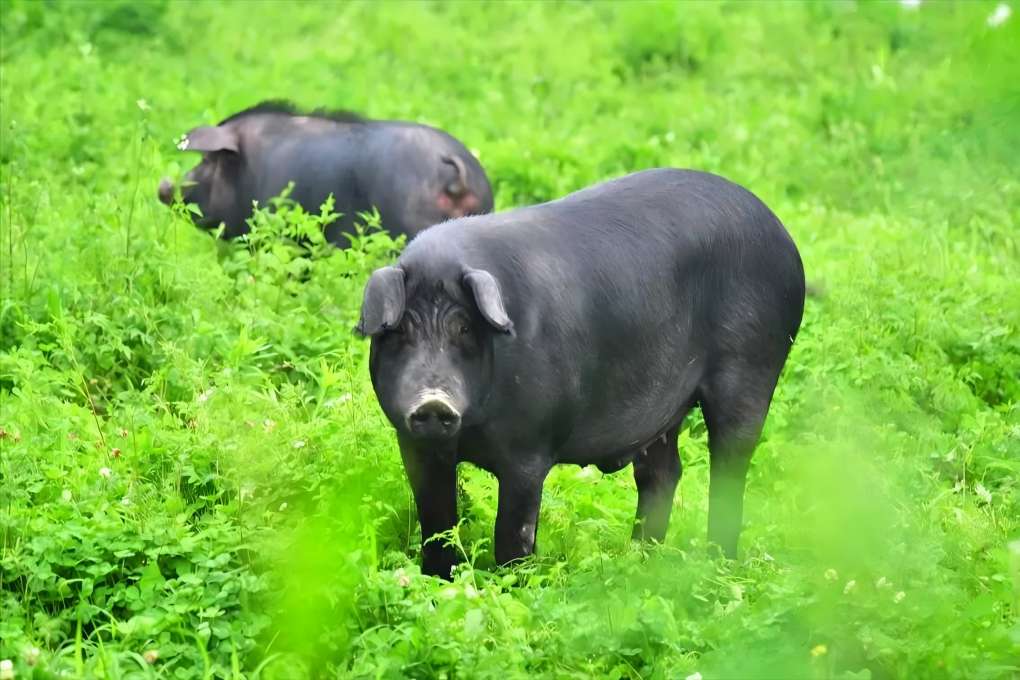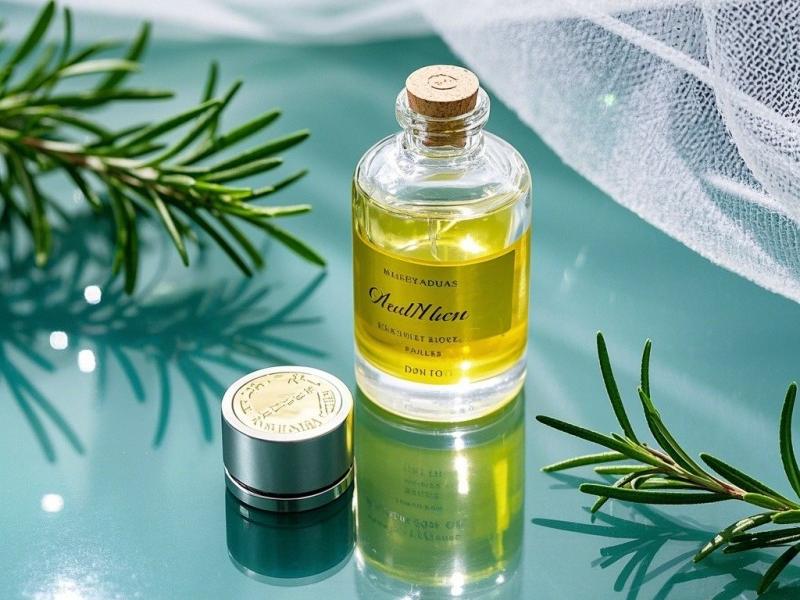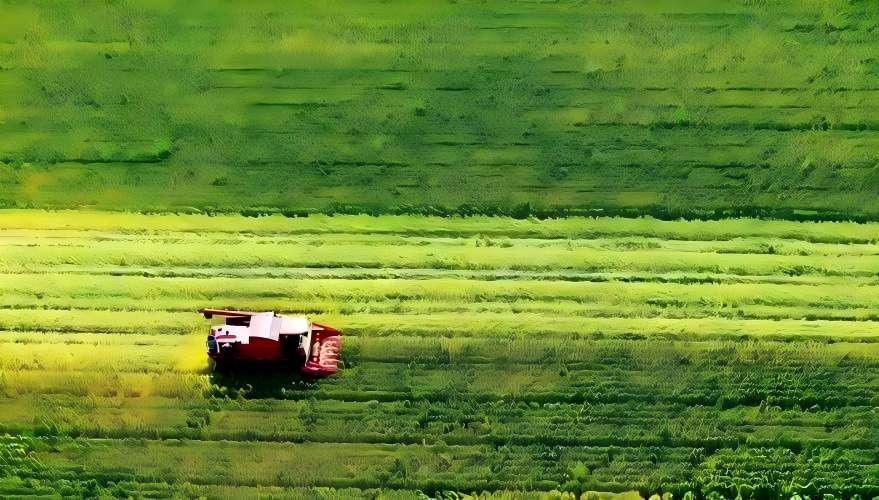Study on Ginkgo Biloba Leaf Extract Antibacterial Activity
Ginkgo biloba, also known as the white ginkgo, is a specialty resource of China, with a possession accounting for more than 70% of the world's total. Ginkgo biloba is a key Class I protected plant in China and is one of the world's oldest relict plants. Studies have shown that ginkgo biloba leaves and extracts (GBE) contain a variety of active substances such as flavonoids, lactones, phenols, terpenes, and polysaccharides, and have various biological activities such as anti-oxidation, antibacterial, immune enhancement, anti-inflammatory, anti-viral, blood glucose lowering, blood lipid lowering, anti-tumor and anti-cancer [1-10]. Among them, flavonoids are one of the most active and effective ingredients in ginkgo, with as many as 40 types. They are widely used in food, medicine, health products, cosmetics and other fields. Research on the extraction process and biological activity of ginkgo biloba extract is currently a hot topic, and research on the antibacterial properties of ginkgo biloba extract (GBE) has attracted much attention in recent years. This paper provides a comprehensive analysis of the research on the antibacterial activity of ginkgo biloba extract in recent years, and provides a reference for the research on the antibacterial activity of ginkgo biloba extract.
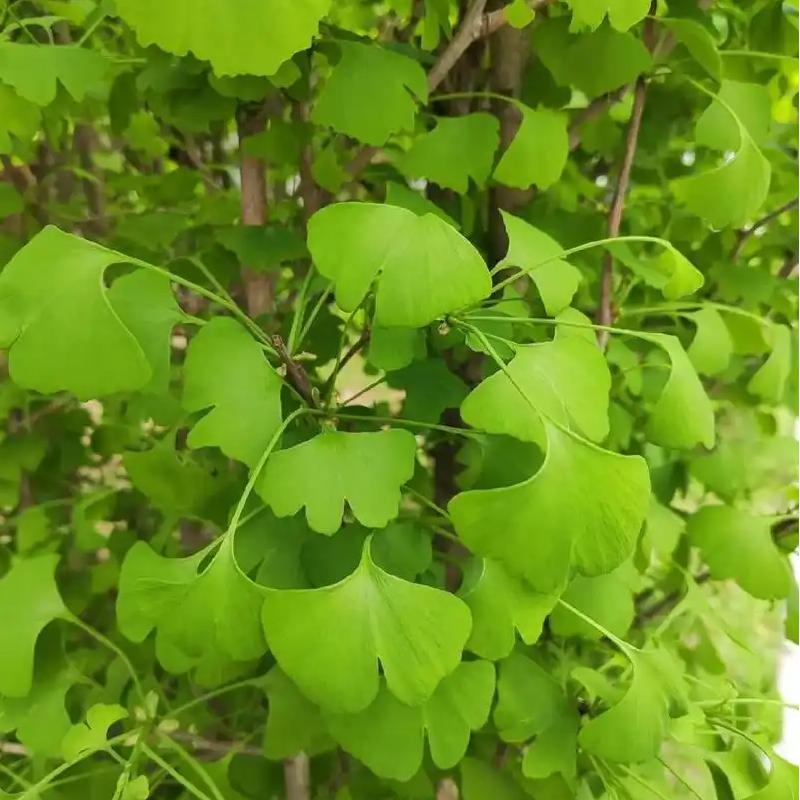
1 Main antibacterial active ingredients and mechanisms of ginkgo biloba extract
1.1 Polysaccharides
Polysaccharides are one of the important functional factors in ginkgo, mainly found in ginkgo leaves, and have strong antibacterial, free radical scavenging and anti-lipid oxidation functions. More and more research is now focusing on the use of plant polysaccharides as a substitute for chemical preservatives, promoting human health, food safety and the development of future medicine. Some studies have shown that the mechanism of the antibacterial effect of polysaccharides is mainly to achieve antibacterial effects in multiple ways, such as cell membrane permeability, nucleic acid formation, inhibition of protein synthesis, interference with cell wall formation, and acting as an antimetabolite to affect the energy metabolic system [11-12]. Other studies have used transmission electron microscopy to detect the release of lactate dehydrogenase in cells and to explore whether Litsea cubeba essential oil can cause damage to the cell membrane of Vibrio vulnificus. The results show that Litsea cubeba essential oil can damage the cell membrane of Vibrio vulnificus, which is of some reference value for the mechanism of antibacterial action of ginkgo biloba polysaccharides.
1.2 Flavonoids
The main active ingredient in ginkgo leaf extract is flavonoids, most of which are found in the leaves. There are about 40 types, including mainly monflavonoids, diflavonoids and catechins. Among the monflavonoids, kaempferol, quercetin and isorhamnetin have the highest content and are considered to be the truly active substances in ginkgo total flavonoids. Flavonoids have the functions of effectively removing toxic peroxyl radicals, lowering blood lipids, promoting blood circulation and cerebral circulation. Hu Xiao et al. [13] showed that flavonoids have a good antibacterial effect, and the antibacterial mechanism is that flavonoids, which are polyphenolic compounds, have an acidic pH and can denature fungal proteins or destroy the integrity of cell membranes, thereby causing functional disorders in microorganisms and thus exerting an antibacterial effect. Xu Fang [14] combined the structure of flavonoids in ginkgo biloba extract with the mechanism of antimicrobial action, and speculated that the mechanism of GBE's antibacterial action is that flavonoids combine with sugars to form flavonoid glycosides, which then hydrolyze the glycosidic bonds in the bacterial cell wall, destroying the structure of the bacterial cell wall and causing the bacteria to die.
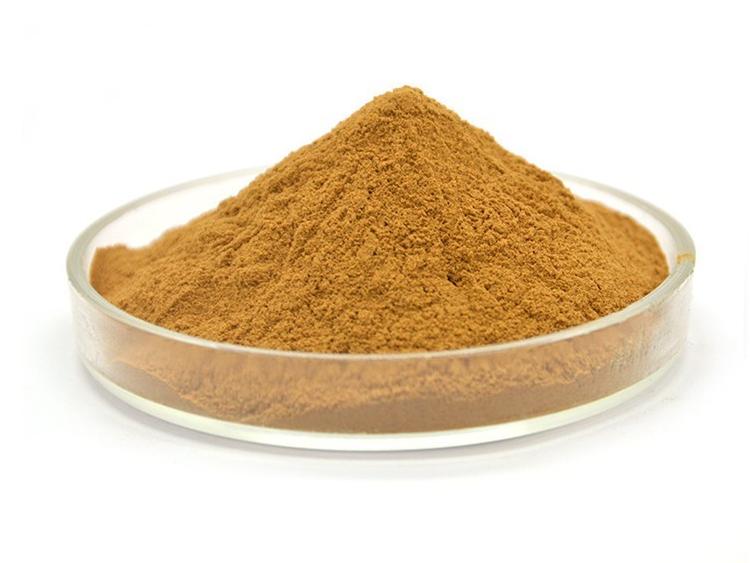
1.3 Ginkgolides
Ginkgolides Tree lacquer phenolic substances are widely found in ginkgo leaves, seeds and outer seed coats, most of which are found in the outer seed coats of ginkgo. They can be divided into three categories: ginkgolic acid, ginkgolide and ginkgetin. Ginkgolides are considered toxic and harmful substances in ginkgo biloba because of their allergenic, mutagenic and immunotoxic properties. However, studies have shown that ginkgo biloba also has many pharmacological effects, such as anti-tumor, antibacterial and bacteriostatic, antioxidant and insecticidal effects. Studies have found that it has antibacterial effects on 9 plant pathogenic fungi, 10 animal pathogenic bacteria, 2 bacteria and 4 fungi [15].
2. The antibacterial effect of ginkgo biloba extract
2.1. The antibacterial effect of ginkgo biloba extract on plant pathogenic fungi
Numerous studies have shown that ginkgo biloba extract has a bacteriostatic effect on a variety of plant pathogenic fungi (such as Phomopsis citricarpa, Pyrenophora teres, Venturia inaequalis, Colletotrichum gloeosporioides, Alternaria alternata, Monilinia fructicola, etc.). The magnitude of the bacteriostatic effect varies depending on the method used to extract the active bacteriostatic ingredients of ginkgo biloba, and is related to the concentration of the active bacteriostatic ingredients in the ginkgo biloba extract. Lin Qinghong [16] conducted an in-vitro antibacterial and insecticidal preliminary study on ginkgo biloba seed coat extract, and carried out an in-vitro antibacterial experiment, isolating eight major harmful bacteria from various plants (Streptomyces helianthus, Phytophthora capsici, Pythium ultimum, Pythium aphanidermatum, Ralstonia solanacearum, Capsicum anthracnose, Solanum lycopersicum white-silk, Brassica oleracea black-spot), and a ginkgo seed coat culture medium with a certain gradient concentration was prepared to study the antibacterial effect of the ginkgo seed coat extract. The results showed that ginkgo extract had a bacteriostatic effect on the eight main pathogens, and the bacteriostatic effect of the undiluted extract and the extract diluted five times was 100% (the growth rate of the eight pathogens was 0), while the growth of the pathogens in the control group was normal. Meanwhile, the antibacterial effect of the ginkgo extract on the medium diluted 10 times also reached 45% to 84% for the 8 types of bacteria, with the best effect of 84% against the anthracnose bacterium of Strelitzia reginae and the weakest effect of 45% against the anthracnose bacterium of cabbage.
Fu Qiangqiang et al. [17] concluded in their research on the extraction and isolation methods, detection methods, pharmacological effects and preparations of ginkgolides that ginkgolides have a bacteriostatic effect on a total of 9 plant pathogenic bacteria. Meng Zhaoli et al. [18] studied the bacteriostatic effect of ginkgo biloba extract on 4 plant pathogenic bacteria. Bacteriostatic experiments were carried out using petroleum ether and acetone extracts of ginkgo roots, stems, leaves, and kernel petroleum ether and acetone extracts, as well as an ethanol extract of ginkgo fruit, were used in the antibacterial experiments.

The results showed that the petroleum ether and acetone extracts of each organ of ginkgo had a certain antibacterial effect on the corn leaf spot fungus and apple ring rot fungus, and the leaf extract had the strongest antibacterial effect. The ethanol extract of ginkgo fruit has the most obvious antibacterial effect on the apple rot pathogen, with a 100% and 50% antibacterial effect for 10- and 25-fold extracts, respectively. It also has a strong antibacterial effect on the apple dry rot pathogen, with 68.5% and 44.4% antibacterial effects for 10- and 25-fold extracts, respectively. These studies all show that ginkgo biloba extract has a bacteriostatic effect on plant pathogenic fungi, and that the bacteriostatic effect is closely related to the concentration of ginkgo biloba extract: the higher the concentration of GBE, the more obvious the bacteriostatic effect, and the lower the concentration, the weaker the bacteriostatic effect. In a study of the antibacterial effect of ginkgo biloba leaves on Penicillium citrinum, Yu Linhua et al. [19] found that the antibacterial effect of ginkgo biloba leaf extract increased with increasing concentration, but decreased over time.
2.2 Antibacterial effect of ginkgo biloba leaf extract on common pathogenic bacteria in animals
At present, most research on the antibacterial effect of ginkgo biloba extract focuses on the antibacterial effect on common pathogenic bacteria in animals. This is currently a hotspot in the study of the antibacterial effect of GBE, and most of the research focuses on the antibacterial effect on bacteria such as Staphylococcus aureus, Escherichia coli, and Pasteurella multocida. A variety of studies have shown that GBE has a good antibacterial effect on common pathogenic bacteria in animals, and the antibacterial effect of ginkgo biloba extract is currently the most researched.
In a study of the antibacterial effect of ginkgo biloba extract, Qu Xiaohua et al. [20] concluded that the active substances in ginkgo biloba extract are thermally stable, that short-term heating at high temperatures does not affect their antibacterial activity, and that the antibacterial activity is strongest under neutral pH conditions. Huang Qichun et al. [21] believe that, for the same duration of action, the higher the concentration of ginkgo leaf extract, the higher the antibacterial rate; for the same concentration of ginkgo leaf extract within a certain time frame, the longer the duration of action, the higher the antibacterial rate; and the antibacterial effect also varies according to the extracted ingredients and the extraction method.
Xu Yan et al. [22] studied the antibacterial effect of ginkgo biloba extract and used a dichotomy to study the inhibitory effect of ginkgo biloba extract on Staphylococcus aureus, Escherichia coli, and Bacillus subtilis. The water-soluble and fat-soluble components of ginkgo biloba were extracted separately and subjected to antibacterial experiments. The results showed that the fat-soluble component extract of ginkgo biloba had a significant inhibitory effect on Staphylococcus aureus, Escherichia coli, and Bacillus subtilis, while the water-soluble extract had no inhibitory effect on Staphylococcus aureus, Escherichia coli, and Bacillus subtilis. This indicates that the thermal stability of ginkgo biloba extract is good, and that extraction at high temperatures does not affect its inhibitory effect on animal pathogenic bacteria.
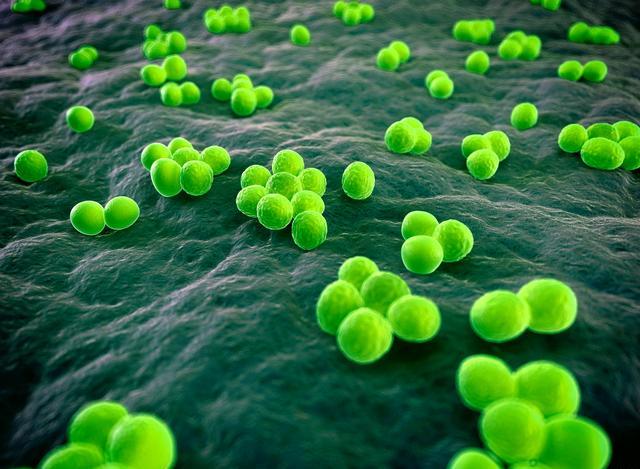
Some studies have also compared the antibacterial effect of GBE with that of some antibacterial drugs to explore the extent of the antibacterial effect of GBE. Li Yan et al. [23] compared the antibacterial effect of GBE in vitro. Ginkgo biloba leaves were crushed using an ultrasonic cell disrupter, and GBE was extracted using 65 °C constant temperature water immersion. The antibacterial effect of GBE was then compared with that of various antibacterial drugs. The results showed that the antibacterial effect of GBE on Escherichia coli was better than that of gentamicin, enrofloxacin, sulfadiazine, and tylosin, but not as good as that of streptomycin and kanamycin; the antibacterial effect of GBE on Pasteurella multocida was better than that of ciprofloxacin, gentamicin, sulfadiazine, and tylosin, but not as effective as streptomycin and kanamycin; GBE has a better antibacterial effect on Staphylococcus aureus than kanamycin, but not as effective as streptomycin, ciprofloxacin, gentamicin, enrofloxacin, sulfadiazine or tylosin. Staphylococcus aureus is highly sensitive to GBE, while Pasteurella multocida and Escherichia coli are moderately sensitive. Li Yan [24] confirmed the bacteriostatic effect of GBE in a study on the extraction of effective components of GBE, its in vitro bacteriostatic effect, and the addition of GBE to the diet of broilers. It was also found that GBE can improve the immune function of broilers and has good prospects for development and application.
2.3 In vitro bacteriostatic effect of Ginkgo biloba extract on Porphyromonas gingivalis
The study of the in vitro antibacterial effect of ginkgo biloba extract on Porphyromonas gingivalis can provide a pharmacological basis for the study of new pure Chinese medicines for the treatment of periodontal pain. However, there is currently relatively little research on the antibacterial effect of the active ingredients of ginkgo biloba extract on Porphyromonas gingivalis, which provides good development prospects for the future application of ginkgo biloba extract. Some studies have shown that the antibacterial effect of ginkgo biloba extract on Porphyromonas gingivalis at the same concentration is greater than that on Escherichia coli and Staphylococcus aureus, which indicates that the research on the antibacterial effect of ginkgo biloba extract on Porphyromonas gingivalis has great practicality. Jiang Yingchun et al. [25] found that the antibacterial effect of ginkgo biloba extract on Porphyromonas gingivalis in vitro was greater than that of the original solution of ginkgo biloba leaves and ginkgo biloba soft capsules on Porphyromonas gingivalis in vitro, and that the antibacterial effect decreased with decreasing concentration.
3 Comparison of the antibacterial effects of ginkgo biloba active substances extracted using different methods
The antibacterial effects of ginkgo biloba active substances extracted using different methods are different. Due to the different extraction methods, the active ingredients and concentrations of ginkgo biloba with antibacterial activity will also be different. Comparing the antibacterial effects of ginkgo biloba active substances extracted using different methods can provide a basis for studying the extraction method with the best antibacterial effect. Qu Xiaohua et al. [26] used four methods: boiling under normal pressure, boiling under high pressure, cold ethanol maceration, and microwave extraction, to compare the antibacterial effects of ginkgo biloba active substances. The results showed that the antibacterial effect of the ginkgo biloba extract extracted by cold ethanol maceration was the most obvious, followed by microwave extraction, and finally boiling under normal pressure and boiling under high pressure.
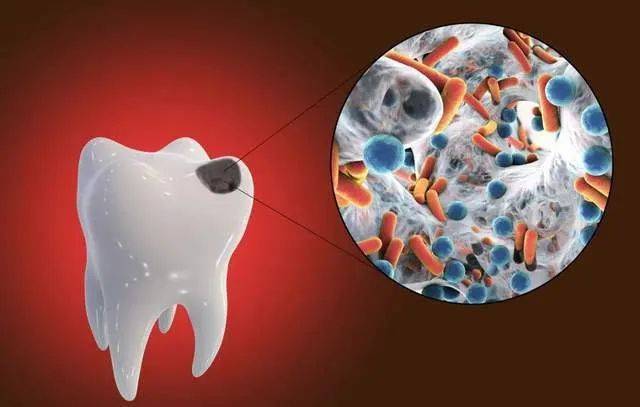
Among them, the antibacterial effect of the ginkgo leaf extract extracted by high-pressure boiling is more obvious than that of the extract prepared by atmospheric pressure boiling, which indicates that the ginkgo leaf extract has good thermal stability. Xu Qiyun et al. [27] used four methods: ethanol extraction, petroleum ether extraction, trichloromethane extraction and water extraction, to compare the antibacterial effect of ginkgo biloba extract on Penicillium citrinum. They found that the antibacterial effect of ginkgo biloba extract extracted by petroleum ether was the best, followed by trichloromethane extraction, and the antibacterial effect of the water extract was the lowest. These studies have demonstrated that exploring a better extraction method can effectively improve the antibacterial effect of ginkgo biloba extract [28].
4 Conclusion
Ginkgo biloba is a specialty plant in China and is abundant in resources. Studying the antibacterial activity of ginkgo biloba extract can provide a good direction for making full use of ginkgo biloba resources. The antibacterial active ingredients of ginkgo biloba extract can be used instead of pesticides in planting, and can also be used in edible animals to achieve truly pesticide- and veterinary drug-free products, thereby protecting human health. Research on the antibacterial active ingredients of ginkgo biloba extract has certain medicinal and economic value. At present, many antibacterial active ingredients in ginkgo biloba have not yet been discovered, and there is still much medicinal value waiting to be discovered. However, the main problem currently faced is the purification of the antibacterial active substances in ginkgo biloba extract. Only by purifying the active substances can corresponding products be developed, resource utilization maximized, and a material basis provided for greater economic benefits.

References
[1] Wang Shujing, Yuan Tianyu, Zhang Jianing. Research progress on the improvement of cognitive function by ginkgo biloba extract and its active ingredients [J]. Natural Product Research and Development, 2018(10): 160-165.
[2] Liu F K, Li X Q, Yang P, et al. Antioxidant properties of crude flavonoids from Ginkgo biloba, Morus alba and Morus rubra leaves [J]. Chinese Fruits and Vegetables, 2018(1):19-21.
[3] Tao R, Wang C, Ye J, et al. Study on the antibacterial activity of nitrogen-containing and halogen-containing derivatives of ginkgo biloba polyphenol [J]. Forest Product Chemistry and Industry, 2016(6):29-34.
[4] Wen R, Wang J. Study on the immunomodulatory effect of ginkgo biloba extract [J]. Practical Medicine and Clinical Practice ,2018(10):29-31.
[5] Zhang Lihu, Li Dongdong, Xiao Wei, et al. Prediction of the anti-inflammatory mechanism of ginkgo biloba extract based on network pharmacology and molecular docking [J]. Chinese Journal of Experimental Pharmacology ,2018(7): 192-198.
[6] Yang Fang, Yang Chun, Su Jianjia, et al. Inhibitory effect of Ginkgo biloba extract (EGb761) on antigen secretion of hepatitis B virus [J]. Chinese Journal of Cancer Prevention and Control, 2011(1): 13-15.
[7] Shang Yudong, Zhang Zhengyao, Ding Yunlu, et al. Inhibitory effect of ginkgo biloba extract on α-glucosidase and its mechanism of hypoglycemic effect [J]. Journal of Jilin University (Medical Sciences), 2011(3):427-432.
[8] Shu Ling. Study on the adjuvant hypolipidemic function of a formula of ginkgo biloba and salvia miltiorrhiza extracts and natto powder [D]. Dalian: Dalian University of Technology, 2017.
[9] Wang Xiufeng, Ma Ruiyang, Jing Zuoquan, et al. Research progress on the anti-tumor mechanism of ginkgo biloba extract [J]. Journal of Microbiology, 2011(6): 76-79.
[10] Niu P, Zhao X, Yan F, et al. Effects of Ginkgo biloba extract on the proliferation of ACC-2 cells and the expression of Survivin and TIP30 genes [J]. Chinese Journal of Traditional Chinese Medicine, 2014, 39(24): 4860-4864.
[11] Li Yan, Yang Xiaoyan, Lin Yuexin, et al. Study on the extraction and antibacterial effect of effective components of ginkgo biloba [J]. China Animal Husbandry Journal, 2006(15):54-56.
[12] Zhao Qike. Study on the optimization of extraction conditions and antibacterial properties of ginkgo biloba polysaccharides [D]. Dalian: Dalian Polytechnic University, 2017.
[13] Hu X, Bai G, Li C, et al. Study on the antibacterial effect of ginkgo flavonoids [J]. Oil Processing (Electronic Version), 2014(11):61-63.
[14] Xu F. Study on the in vitro antibacterial and immunomodulatory effects of ginkgo biloba extract [D]. Changsha: Hunan Agricultural University, 2014.
[15] Zhang Lei, Liu Shengliang, Zhu Shuliang, et al. Study on the process of ultrasonic-assisted hot water extraction of polysaccharides from inferior red dates from Aksu [J]. Food Science and Technology and Economy, 2018(10):68-71.
[16] Lin Qinghong. Preliminary study on the antibacterial and insecticidal effects of Ginkgo biloba seed coat extract in vitro [A]. Botanical Society of China. Abstracts of papers from the 70th anniversary annual meeting of the Botanical Society of China (1933-2003) [C]. Beijing: Botanical Society of China, 2003: 2.
[17] Fu Qiangqiang, Gao Zhenshen, Liu Lin, et al. Research progress on the extraction and separation method, detection method, pharmacological action and preparation of ginkgolic acid [J]. Chinese Pharmacy, 2017(4): 547-550.
[18] Meng Zhaoli, Wu Xianzhong, Gao Qingxiao, et al. Bacteriostatic effect of ginkgo biloba extract on four plant pathogenic bacteria [J]. Journal of Plant Pathology , 1995(4):357-360.
[19] Yu Linhua, Li Xiaolie, Lan Hua, et al. Bacteriostatic effect of ginkgo biloba extract on Penicillium citrinum [J]. Food and Machinery , 2010(6):60-62.
[20] Qu Xiaohua, Xin Yufeng. Study on the antibacterial effect of ginkgo biloba extract [J]. Heilongjiang Agricultural Science, 2008(1): 25-26.
[21] Huang Qichun, Zhang Guizhao, Lin Meixiang, et al. In vitro antibacterial effect of ginkgo biloba extract and its drug-containing serum on intestinal bacteria of piglets [J]. Jiangsu Agricultural Science, 2012(10): 185-187.
[22] Xu Yan, Wang Shaoyi. Study on the antibacterial effect of ginkgo biloba extract [J]. Food Research and Development, 2006(10): 64-66.
[23] Li Yan, Yang Xiaoyan, Lin Yuexin, et al. Comparison of the antibacterial effects of ginkgo biloba leaf extracts in vitro [J]. Hubei Agricultural Sciences, 2006(4):503-505.
[24] Li Yan. Extraction and in vitro antibacterial effects of the active ingredients of ginkgo biloba and a study on the addition of ginkgo biloba to broiler diets [D]. Wuhan: Huazhong Agricultural University, 2006.
[25] Jiang Yingchun, Li Hanwei, Li Yongmei, et al. In vitro antibacterial effect of ginkgo biloba extract on Porphyromonas gingivalis [J]. Journal of Jilin University (Medical Sciences), 2014(5): 1018-1023.
[26] Qu Xiaohua, Xin Yufeng, Zhang Keying. A comparative study of the antibacterial effects of active substances extracted from ginkgo biloba leaves using different methods [J]. Shandong Agricultural Science, 2010(4):62-64.
[27] Xu Qiyun, Yao Anqing, Hu Meiying, et al. The antibacterial effect of ginkgo biloba extract on Penicillium citrinum [J]. Guangdong Agricultural Science, 2006(5):83-84.
[28] Mo Xiaoning, Li Ai, Yu Qiming. Study on the ultrasonic extraction process of ginkgo biloba polysaccharide and its removal of nitrite activity [J]. Food Science and Technology and Economics, 2019(2):90-93.


 English
English French
French Spanish
Spanish Russian
Russian Korean
Korean Japanese
Japanese